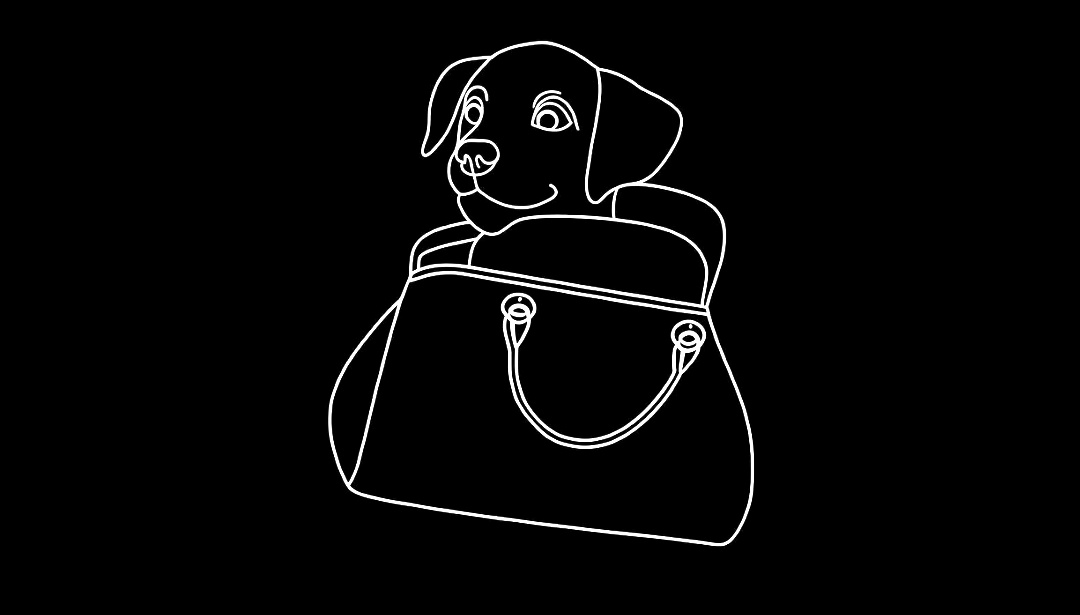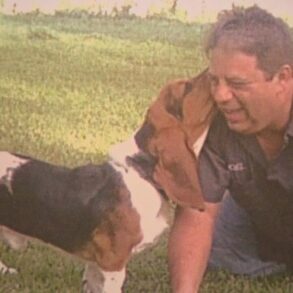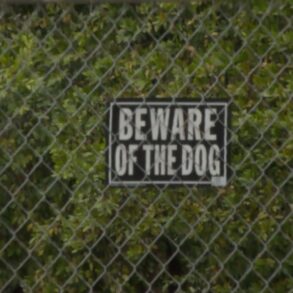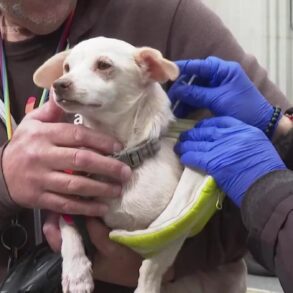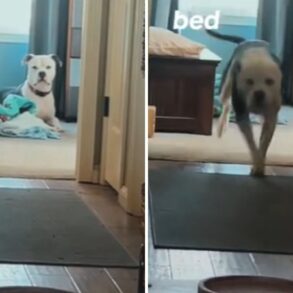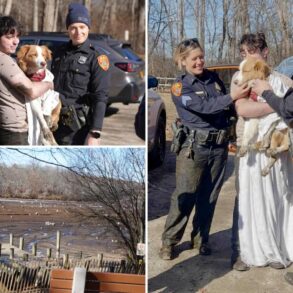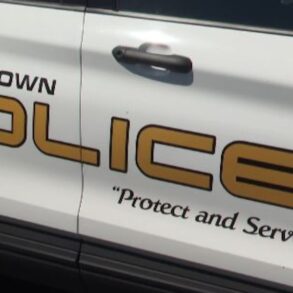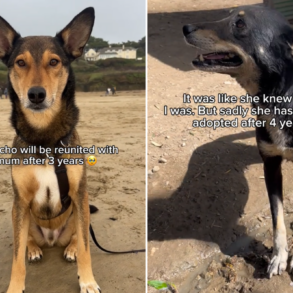When your dog takes off into the hills or woods, panic sets in fast. You want a way to track them before they get too far. GPS collars, Apple AirTags and even satellite trackers are marketed as solutions—but how reliable are they in places like rural Sonoma County, where cell coverage drops and terrain gets wild? The truth is that all of these devices have limits, especially outside city centers. In a place full of redwood forests and remote trails, you’ll need to know those limits before you decide what’s right for your dog.
When your dog takes off into the hills or woods, panic sets in fast. You want a way to track them before they get too far. GPS collars, Apple AirTags and even satellite trackers are marketed as solutions—but how reliable are they in places like rural Sonoma County, where cell coverage drops and terrain gets wild?
The truth is that all of these devices have limits, especially outside city centers. In a place full of redwood forests and remote trails, you’ll need to know those limits before you decide what’s right for your dog.
GPS dog trackers: how they work
Most GPS dog collars do use real GPS—satellite signals to determine the pet’s exact location. But knowing a location is only half the problem. The device still needs to send that information to you. For this, GPS trackers depend on cellular networks. Devices like Fi and Whistle use LTE or 4G networks to transmit location updates in real time.
In cities or well-covered suburbs, this works fine. But in rural areas like Cazadero or near the Mayacamas Mountains, cell signals are spotty at best. No signal means no real-time updates. The device will continue recording location data, but it won’t reach your phone until the tracker reconnects to the network.
Weak signals also drain battery life. A GPS collar that lasts a few days in good coverage may die within hours when it’s constantly searching for a connection.
A 2021 study in the Journal of Applied Animal Welfare Science found that GPS pet trackers perform well in cities but lose effectiveness in remote areas due to poor network access. Sarah Gleason, a pet tech consultant, advises pet owners to check coverage maps before purchasing. “It’s easy to assume these devices will always work, but without a strong cellular connection, they leave you flying blind,” she says.
What about Apple AirTags?
AirTags work differently. They don’t use GPS or cell networks. Instead, they rely on Bluetooth to ping nearby Apple devices, which then update your AirTag’s location through Apple’s “Find My” network. In areas filled with iPhones, AirTags are surprisingly effective. If your dog is roaming through a downtown neighborhood or even a busy park, chances are someone’s device will detect the tag.
But rural Sonoma County isn’t a dense urban environment. If your dog runs into the hills near Jenner or disappears into the forests around Austin Creek, there might not be an Apple device for miles. Until another device comes near, your AirTag will be as good as a pebble on the trail—useless and silent.
AirTags are also not built to withstand the rough conditions dogs often encounter. They are water-resistant, not waterproof. Rain, mud or chewing can damage them over time.
Pet experts caution against relying on AirTags for serious tracking. “It’s a clever tool, but not designed for real-time tracking in remote areas,” Gleason says. It might be useful as a backup, but not as a primary way to find a lost dog.
Satellite tracking: the future, but not yet
Satellite tracking might seem like the perfect answer. Devices that use satellite communication, like Garmin’s InReach or SPOT trackers, bypass cell towers entirely. These devices are lifesavers for hikers and explorers who travel beyond cell range.
However, satellite tracking for pets is still rare. Consumer satellite trackers are designed for human safety and navigation, not pet tracking. The few options available are expensive, bulky and drain batteries quickly. Monthly satellite subscriptions can cost more than $50, and the devices themselves are several hundred dollars.
For those who own working or hunting dogs, Garmin does offer advanced collars that combine GPS and radio frequency (RF) technology. These systems don’t require cellular service and can track dogs over several miles. However, they are geared toward professionals and aren’t practical for everyday pet owners.
What’s the best option?
No single device is perfect for every situation. If you live in or near town, GPS collars or Apple AirTags might work just fine. But if you frequently hike in remote areas or live where cell service is unreliable, neither will be foolproof.
For off-grid pet tracking, an RF-based system like Garmin’s hunting collars may be your best bet. Unlike GPS collars that depend on cell networks, these systems use handheld devices that communicate directly with the collar, even in the middle of nowhere. They require an upfront investment but offer the kind of reliability needed in rough terrain.
A good microchip is also essential. While it won’t help you track your dog in real time, it can ensure your pet’s identity is recognized if someone finds them. Think of it as a safety net.
The bottom line
GPS trackers, Apple AirTags and satellite devices all have their strengths and weaknesses. In rural Sonoma County, where dead zones are common, none are entirely reliable on their own. If you’re serious about pet safety, plan for multiple layers of protection. Check coverage maps, invest in durable equipment and understand the limits of your chosen device. That way, if your dog takes off, you’ll stand the best chance of bringing them home quickly.
This post was originally published on this site be sure to check out more of their content.
